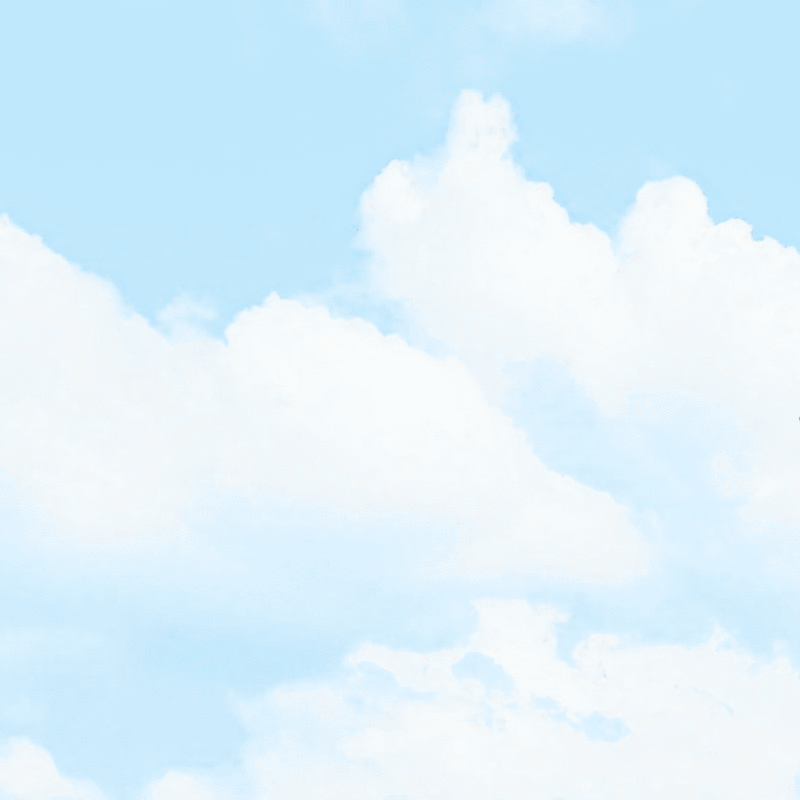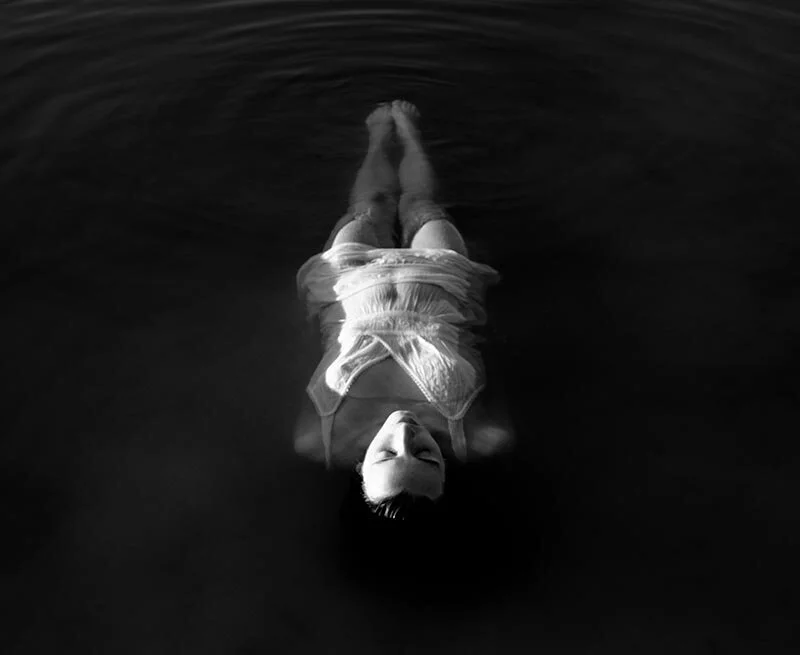Death By Selfie: Is It Worth It?
The quest for the perfect photo leads to more deaths than shark attacks.
By Alanna Weissman
Sharks may be a common fear, but it turns out you’re more likely to die taking a selfie.
From the Tide Pod Challenge to “rooftopping” — when people climb tall structures to get the perfect photo — many recent internet trends have been detrimental to the health of those who try them. And none have had more consequences than the often deadly quest to take the perfect selfie.
Since 2011, one year after Instagram was unveiled, hundreds of people worldwide have died taking a selfie. They have plummeted from great heights, been struck by trains, electrocuted on live wires, fallen into scalding geysers, and been attacked by animals, among other mishaps. This past July, two British tourists died after losing their balance while taking a selfie on a Spanish cliff. The pair slipped and fell more than 40 feet to the beach below.
Known as “selfiecides” or “killfies,” selfie deaths have emerged from relative nonexistence a decade ago to become one of the leading causes of accidental deaths.
According to a study published last year in the Journal of Family Medicine and Primary Care, 259 people worldwide died while taking selfies from October 2011 to November 2017— more than six times as many deaths as those from shark attacks during the same time period.
The researchers broke the trends down even further, determining the countries in which one is most likely to die-by-selfie (India leads the pack, followed by Russia, and then the U.S.), the most common cause of death (drowning, followed by transportation incidents, falls, and then fire), and the most likely demographics to die this way (males and people under the age of 40).
“If you’re just standing, simply taking it with a celebrity or something, that’s not harmful,” the study’s lead author, Agam Bansal, told the Washington Post last year. “But if that selfie is accompanied with risky behavior, then that’s what makes the selfies dangerous.”
Not all of the selfie deaths were correlated with risky behavior, according to the study — some were just freak occurrences. Nevertheless, recent events have shown that some selfie-takers are willing to go to deadly lengths to #doitforthegram.
Some scenic areas have tried to make selfies safer by setting up designated spaces specifically for taking photos. Others have tried to ban photo-taking outright, setting up “no-selfie zones” or instituting fines for self-portraitists. There’s even an app called Saftie that will alert you if you may be in danger while taking a selfie.
But even if the threat of death is near, it seems that some selfie-takers would rather risk it all than end up with no photo at all.
So long as these kinds of selfies are rewarded with likes, follows, and lucrative sponsorships, selfie deaths are likely to continue.
Selfie sticks won’t necessarily lessen your chances of dying when taking a photo.








